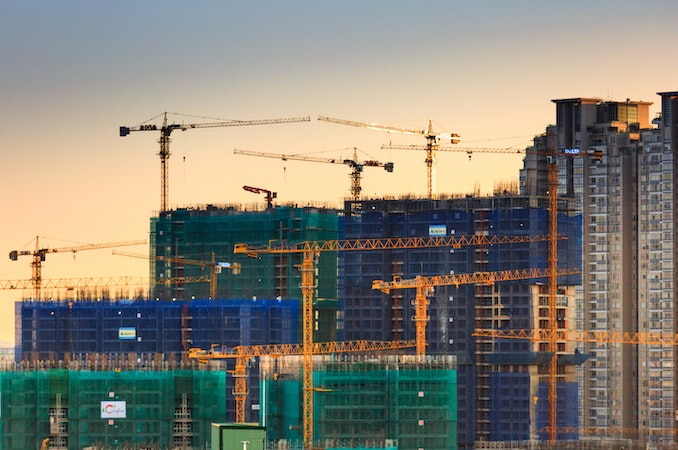In the sprawling narrative of contemporary construction, there exists a silent protagonist whose significance often escapes the spotlight: steel. With its remarkable blend of resilience, flexibility, and robustness, this unpretentious alloy plays an instrumental role in shaping the architectural wonders that punctuate our urban landscapes.
Strength Beyond Measure: The Backbone of Modern Architecture
At its essence, steel is a product born from the marriage of fundamental elements. A fusion of iron and carbon encapsulates the strength of nature channelled through human innovation. This alchemical union results in a material capable of bearing monumental loads while retaining the adaptability necessary to accommodate the ever-evolving demands of architectural vision. From towering skyscrapers to intricate bridges, the malleability of steel empowers designers to stretch the limits of their imagination.
The Power of Ratio: Where Strength Meets Lightness
One of steel’s primary virtues that catapulted it into a cornerstone of the construction industry is its exceptional strength-to-weight ratio. This attribute grants architects and engineers the liberty to conceive monumental structures that appear to challenge the laws of physics. With steel, the realm of possibility expands, allowing the realisation of towering structures that simultaneously uphold structural integrity. This remarkable feat sets steel apart, underscoring its irreplaceable role in pushing the envelope of architectural ingenuity.
Forging Dreams: The Versatility of Steel
According to experts at Metro Brisbane, beyond its mechanical prowess, the malleability of steel stands as a testament to human ingenuity. This characteristic grants it the rare capacity to assume an astonishing array of forms, allowing architects to materialise intricate designs that define modern urban aesthetics. From sinuous curves to precise geometrical patterns, steel’s adaptability goes beyond appearances; it facilitates the construction of complex support systems that seamlessly balance form and function.
Eternal Vigilance: The Resilience of Steel
The enduring strength of steel manifests not only in the structures it fortifies but also in its remarkable resilience. As cities navigate the rigours of time and the unpredictability of nature, steel emerges as a steadfast guardian against the erosive forces of corrosion, degradation, and wear. This longevity translates into prolonged structural lifespans, sparing us the need for frequent reconstructions and curtailing the industry’s ecological footprint. In an epoch dominated by the pursuit of sustainability, steel’s durability aligns seamlessly with the mandate for conscientious construction.
Economic Alchemy: Steel as Catalyst for Progress
Yet, the significance of steel transcends the realm of construction. Its production and application serve as catalysts for economic expansion and innovation. The steel industry catalyses advancements in metallurgy, automation, and manufacturing methodologies. A veritable ecosystem of employment opportunities emerges, spanning skilled artisans to tech-oriented engineers. The surging demand for steel fuels research and development, initiating a cycle of continuous enhancement that reverberates across industries far removed from the construction landscape.
In an era propelled by the need for expedited construction, steel’s efficiency emerges as a beacon of hope. Its versatility facilitates assembly and prefabrication, fundamentally reshaping the construction process. Elaborate components can be prefabricated off-site, seamlessly melding with on-site structures. This streamlined efficiency optimises time and fiscal resources and mitigates disruptions within surrounding communities. Steel’s efficiency saves valuable resources and alleviates the inconveniences often accompanied by large-scale construction projects.

